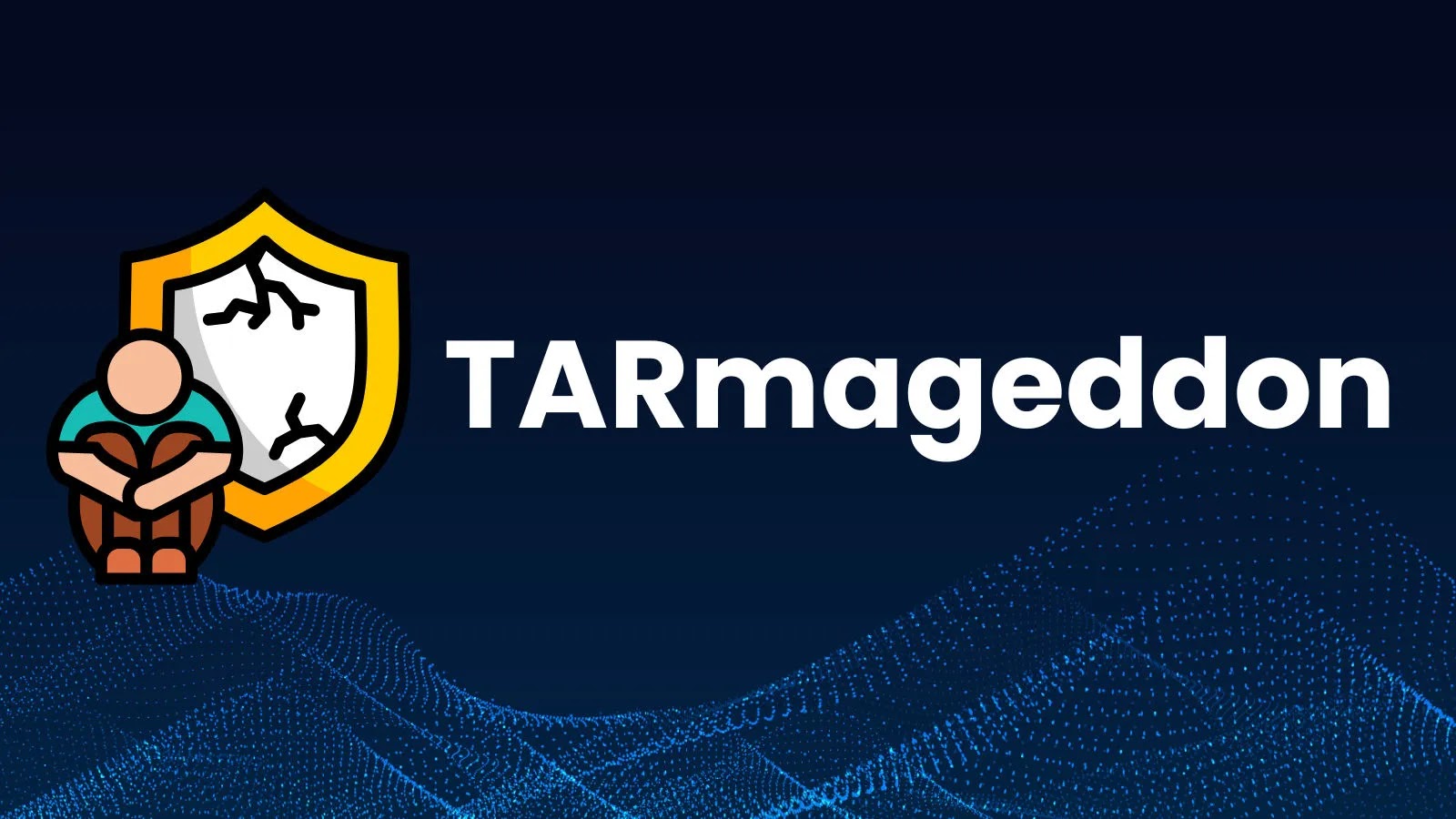A significant security flaw, known as TARmageddon and designated as CVE-2025-62518, has been identified in the Rust programming language’s async-tar library and its derivatives, notably the widely utilized tokio-tar. This vulnerability carries a Common Vulnerability Scoring System (CVSS) score of 8.1, categorizing it as high severity. It permits attackers to exploit the parsing mechanisms of TAR archives, potentially leading to the overwriting of essential configuration files and the execution of remote code on compromised systems.
Technical Details of the Vulnerability
The root cause of this vulnerability lies in a boundary-parsing error within the affected libraries. Specifically, the flaw arises when handling nested TAR files, particularly in scenarios where PAX extended headers conflict with ustar headers. In susceptible versions, the parser erroneously skips over actual file data based on a deceptive zero-byte size indicated in the ustar header, disregarding the accurate size specified in the PAX header. This misalignment allows hidden entries from inner archives to smuggle into the outer extraction process, leading to the unintended overwriting of files in the target directory.
Impacted Projects and Ecosystem
The reach of TARmageddon extends to several major projects within the Rust ecosystem. Notably, Astral’s uv Python package manager, the testcontainers framework for container testing, and wasmCloud are among those at risk. The widespread use of tokio-tar, with over 5 million downloads from crates.io, underscores the extensive potential impact of this vulnerability across numerous applications and systems.
Challenges in Addressing the Vulnerability
Addressing and mitigating TARmageddon presented unique challenges due to the state of the affected libraries. The tokio-tar library, despite its popularity, appears to be abandoned, lacking active maintainers, a SECURITY.md file, and sufficient contact information. This situation necessitated a decentralized approach to vulnerability disclosure and patching.
Edera, the organization that identified the flaw, coordinated efforts across the lineage of forks stemming from the original async-tar library. This included tokio-tar, their own krata-tokio-tar (now archived), and Astral’s actively maintained astral-tokio-tar. Researchers developed patches for the active forks and shared them under a 60-day embargo starting August 21, 2025. They also reached out to downstream projects such as binstalk and opa-wasm to inform them of the vulnerability and the availability of patches.
While Astral promptly integrated the fix into uv and their fork, responses from other projects varied. Some planned to eliminate the dependency altogether, while others remained uncontacted and thus exposed to potential exploitation. The original tokio-tar and async-tar libraries lack patches, compelling users to migrate manually to secure versions.
Recommendations for Mitigation
Edera strongly recommends immediate upgrades to patched versions or the removal of the vulnerable dependency. The astral-tokio-tar library is suggested as a secure alternative. The implemented patch prioritizes PAX headers for size checks, ensures header consistency, and introduces boundary safeguards to prevent misalignment.
For users unable to transition swiftly, alternative measures include utilizing the synchronous tar crate or implementing runtime checks such as manifest validation and sandboxed extractions to mitigate potential risks.
Potential Exploitation Scenarios
The TARmageddon vulnerability opens avenues for various exploitation scenarios. For instance, a malicious PyPI package could employ an outer TAR archive containing a seemingly benign pyproject.toml file. However, a nested inner TAR could overwrite this file with a malicious build backend, executing unauthorized code during installation on developer or continuous integration (CI) machines.
In the context of container frameworks like testcontainers, there is a risk of contaminating test environments by extracting compromised image layers, thereby introducing backdoors. Security scanners might approve a clean outer archive, only for the extraction process to introduce unscanned malware, effectively bypassing bill-of-materials checks.
Broader Implications and Lessons Learned
This incident highlights certain limitations within the Rust programming language. While Rust is designed to prevent memory-related bugs, logical flaws such as this can persist, especially in unmaintained codebases. The 60-day period from the discovery of the vulnerability on August 21 to the coordinated release on October 21 underscores the inefficiencies inherent in ecosystems with numerous forks and varying levels of maintenance.
Edera notes that their own products remained unaffected due to robust defense-in-depth strategies. However, this episode calls attention to the need for better maintenance signals and proactive forking practices within the open-source community to enhance security and reliability.



